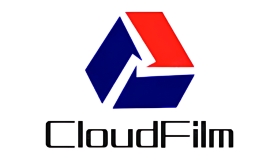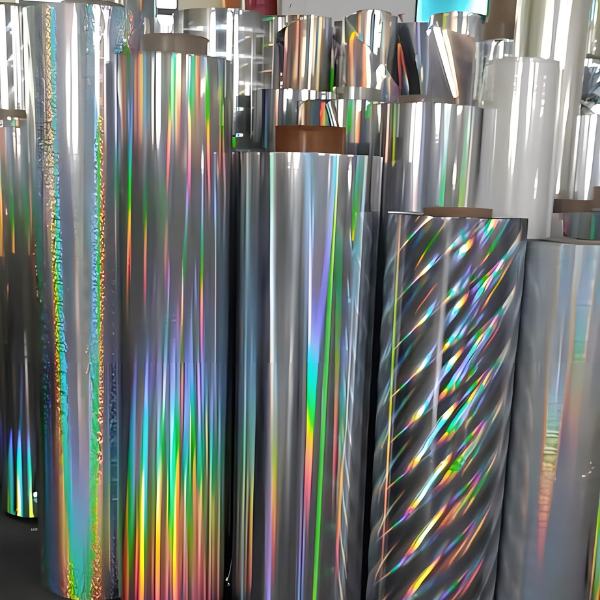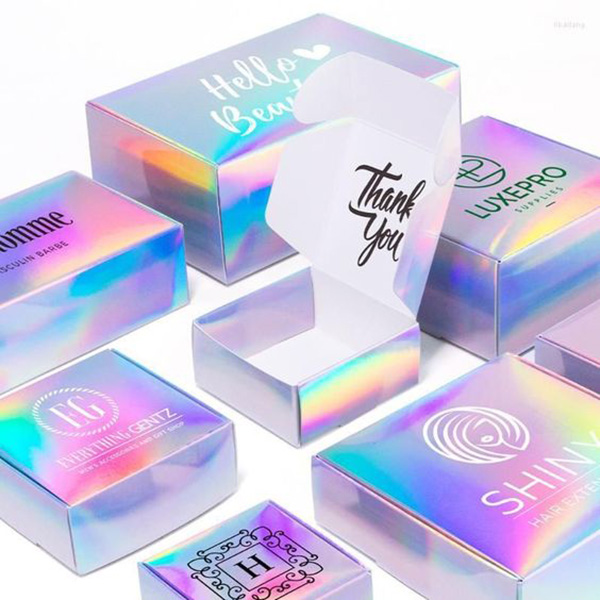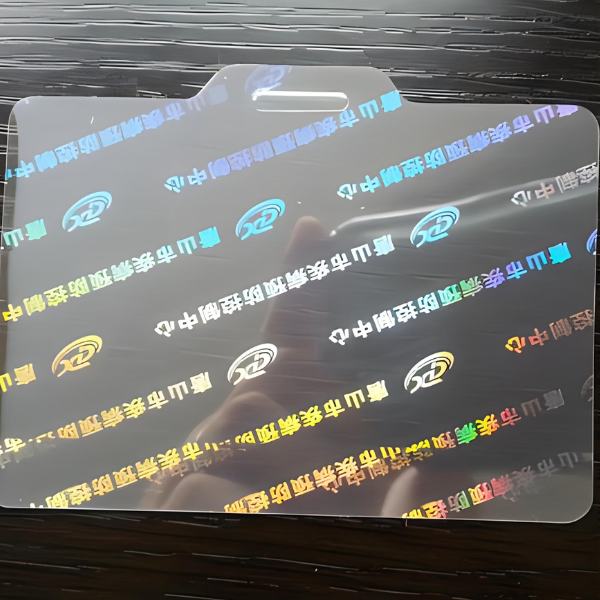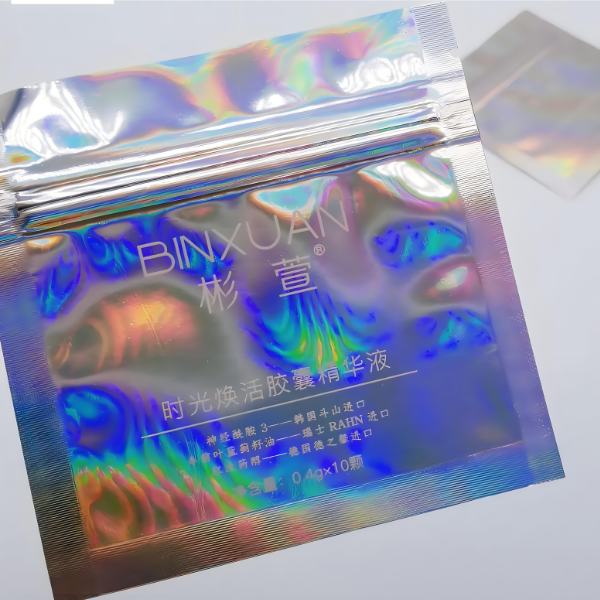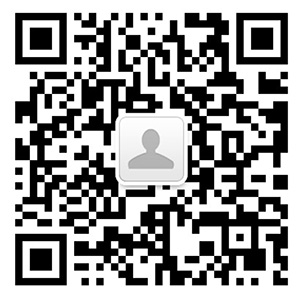Elevate Your Packaging with PET Holographic Film
Innovative Visual Impact with Holographic Polyester Film
Discover the transformative power of our PET Holographic Film, an innovation designed to captivate and engage. As a trusted supplier, CloudFilm is committed to delivering products of unmatched quality and creativity.
Our PET holographic film, crafted from Polyethylene Terephthalate, stands out with its unique optical characteristics and high reflectivity.
It is capable of creating a myriad of mesmerizing visual effects. This film is not just a packaging material; it’s a statement of sophistication and style, perfect for enhancing the allure of high-end products like cosmetics, electronics, and luxury gift items.
Unmatched Versatility and Security
Our PET holographic film excels in versatility, serving various applications, including packaging materials, security labels, and fashion accessories. Beyond its stunning appearance, it is a potent anti-counterfeiting measure, improving product recognition and consumer trust.
Esteemed brands like Nestlé and Pfizer have chosen our holographic film for its ability to deter counterfeiting while elevating product presentation. Additionally, its application extends to official documents in some countries, proving its effectiveness in preventing identity fraud.
Customization to Fit Your Brand
Understanding that every brand is unique, CloudFilm offers PET holographic films in various colors and patterns, including gold, silver, rainbow, and custom designs tailored to your needs.
Whether you aim to showcase your company logo, product designs, or any other pattern, our customization options ensure your packaging stands out.
Embrace the opportunity to differentiate your products with the captivating appeal of PET holographic film and enjoy the benefits of enhanced brand visibility and product security.
Elevate your product packaging with our PET Holographic Film and create an unforgettable brand experience. Contact CloudFilm today to explore the endless possibilities and make your products shine in the competitive market.
